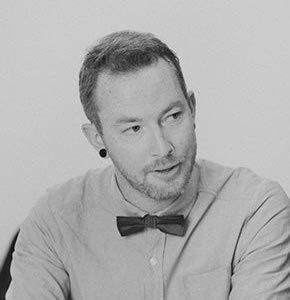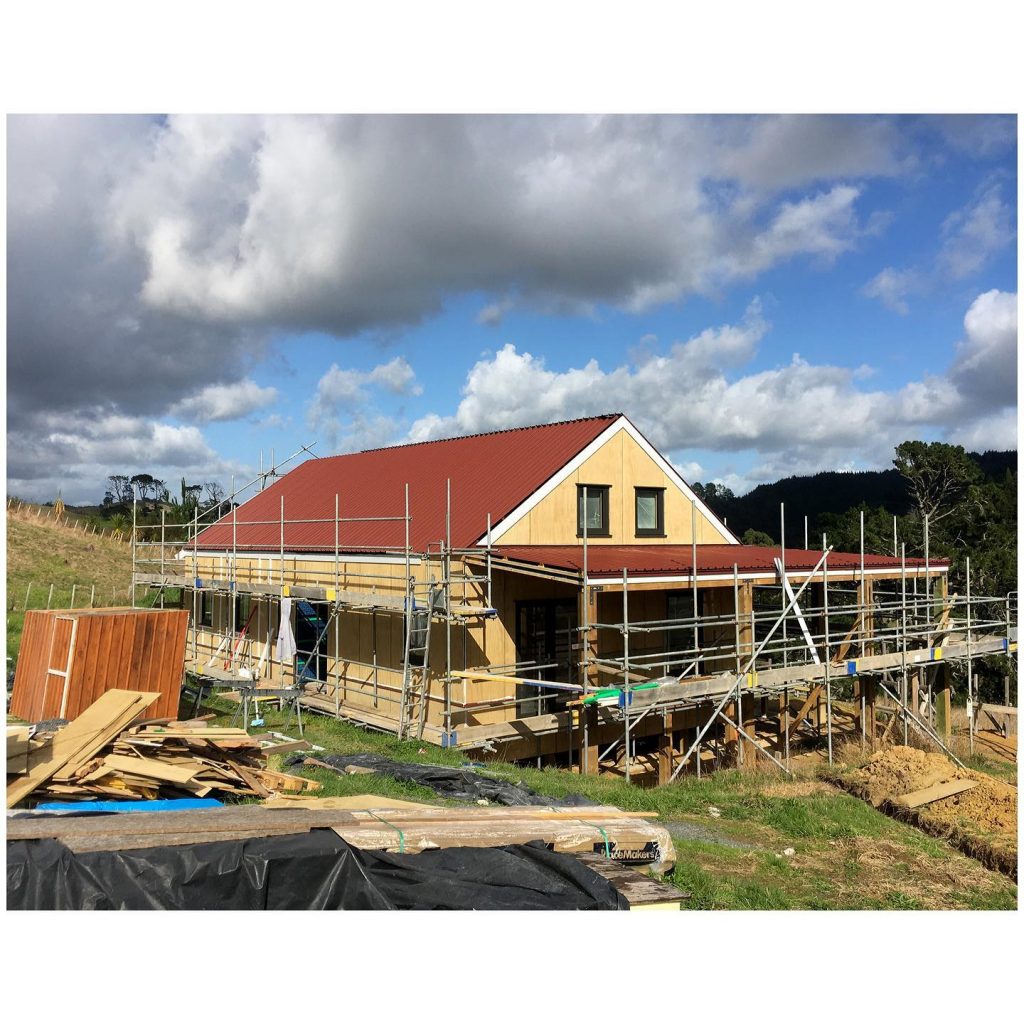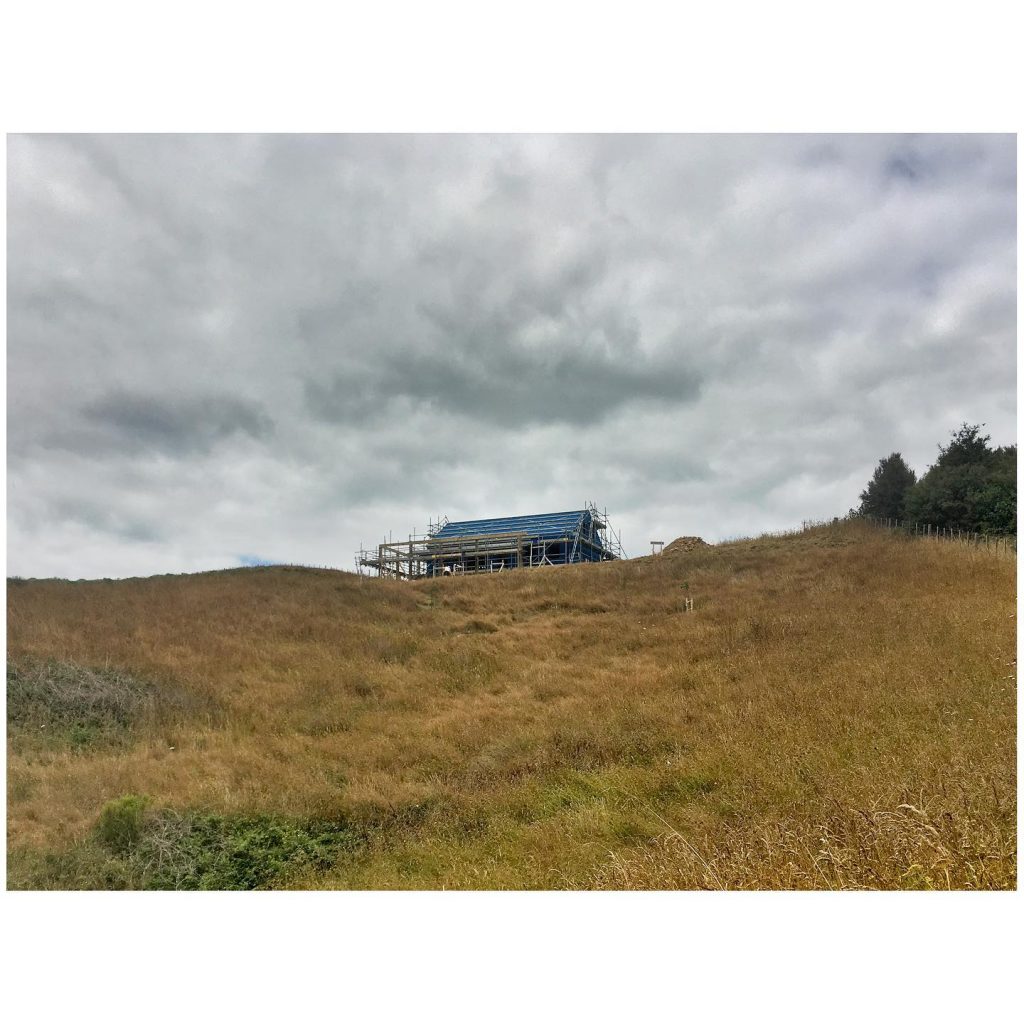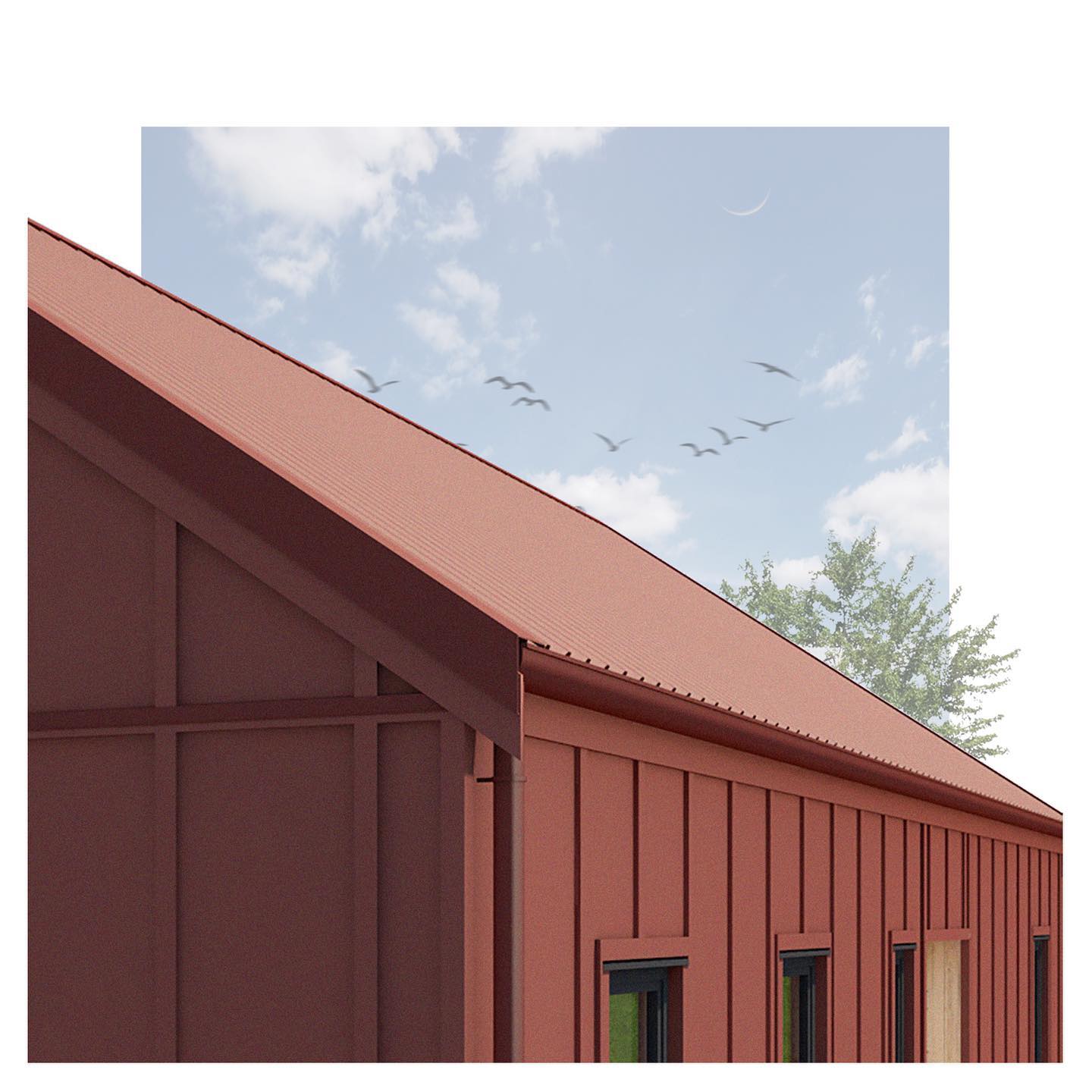
Joseph Lyth is building his family home on a very tight budget. He’s also building to the Passive House standard. In this interview, he shares some of his insights into why we must change the way we’ve been building ‘wooden tents’ in New Zealand, and how to go about creating a fit-for-purpose family home with very limited capital.
Joe Grew up “in the middle of nowhere” in the UK and was influenced by his Auntie who was an architect. He initially thought he’d express his artistic flair as a sculptor, but I’m pleased that he’s found his place crafting healthy, energy-efficient buildings.
This Can’t Be Right
Living and working in the UK, Joe became familiar with building customs such as thick walls and central heating. The 300-year-old family home he grew up in was far from perfect, he reflects, but at least you could make it warm. When he arrived in New Zealand, Joe was a bit surprised about how things are done here. He found himself lapsing into acceptance of this much lower standard, but soon realised “this can’t be right”. Watching his own young children getting sick every winter was likely a catalyst for this wake-up call.
Buildings need to be better. Their function is to shelter and keep people healthy, that is their entire purpose for being. So if they’re not doing that, they need to be better.
Joe Lyth
As Joe explains, “Everyone knows there’s a problem. That’s the problem”. But there’s a growing crowd of people pushing for better in New Zealand.
You Can’t Unlearn It
Joe first heard about Passive House while studying architecture at university in Manchester. And he recalls learning about early UK examples of highly efficient buildings such as BedZed. Of Passive House, Joe says that once you learn about it, you can’t unlearn it.

Passive House On a Budget
Passive House is often seen as an add-on instead of being an integral principle of the design process. Joe’s own experience is that typical builders add an extra 15% to their cost estimate as soon as they hear “Passive House”. This is typically a combination of inexperience and a lack of understanding of what’s involved.
We still build timber tents, basically. They’re not built to last.
Joe Lyth
Put Your Money Where it Counts

Joe is open about his lack of budget for his own build. His philosophy for the design of his family home is to spend money on the shell and everything that’s going to impact the performance. Fancy kitchen fittings can come later. This is the key to designing and building a Passive House on a budget.
His design brief as his own client is “Passive House at a comparable price to a regular build”. The total budget is just over $500,000 for 169 m2, four bedrooms, and two bathrooms. (Frustratingly, Joe only wanted to include three bedrooms and one bathroom but was forced by his bank to include the extra rooms in order to make the valuation match the mortgage.)

Respond Architects
Respond Architects has a wide reach across New Zealand and have always tried to be better than code. To get more Passive House clients, Joe is focussing on trying to get known. He’s listed on the PHINZ website and also active on social media. Check out the Lower Saddle Passive House project profile for more stunning images.
